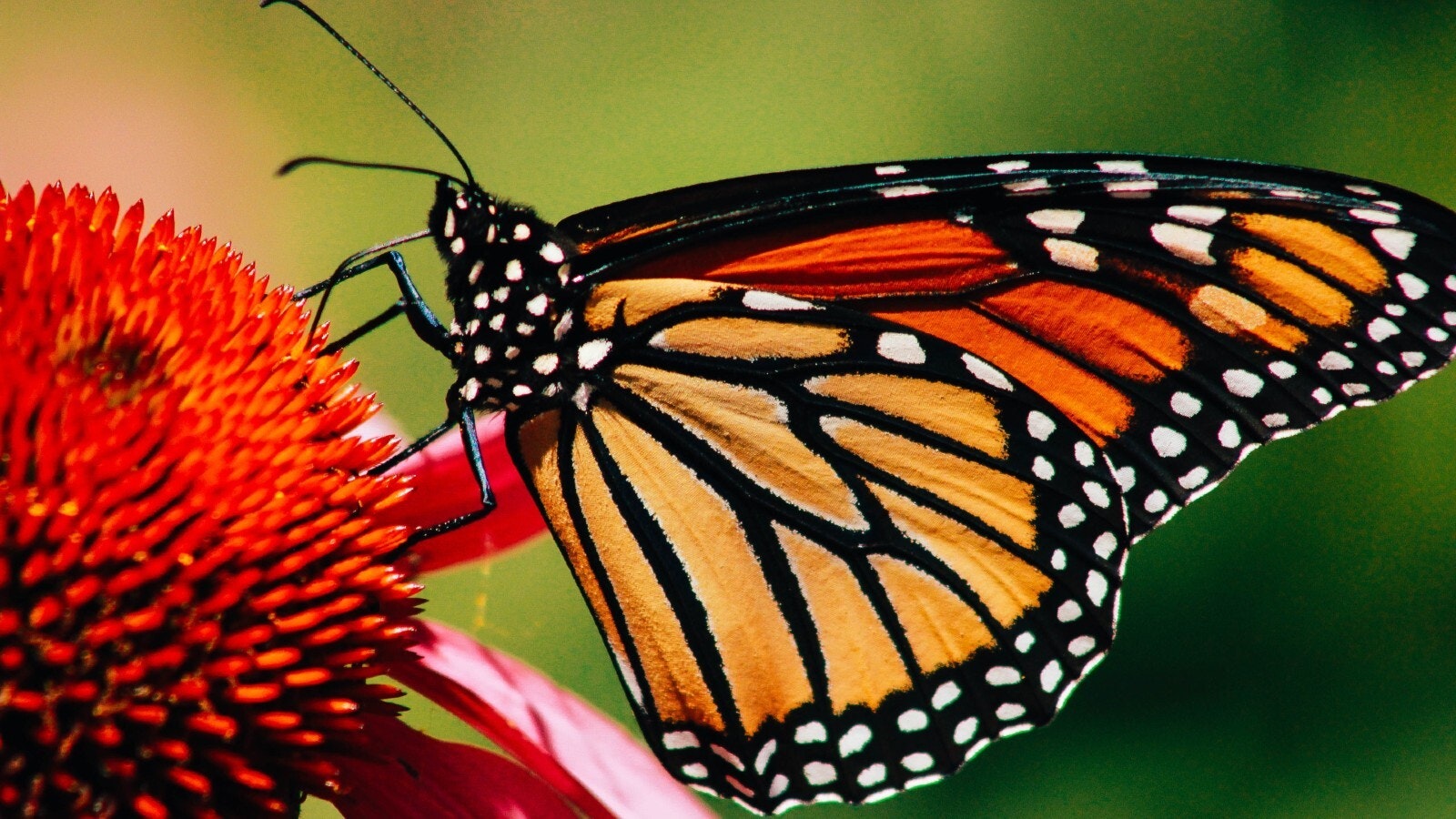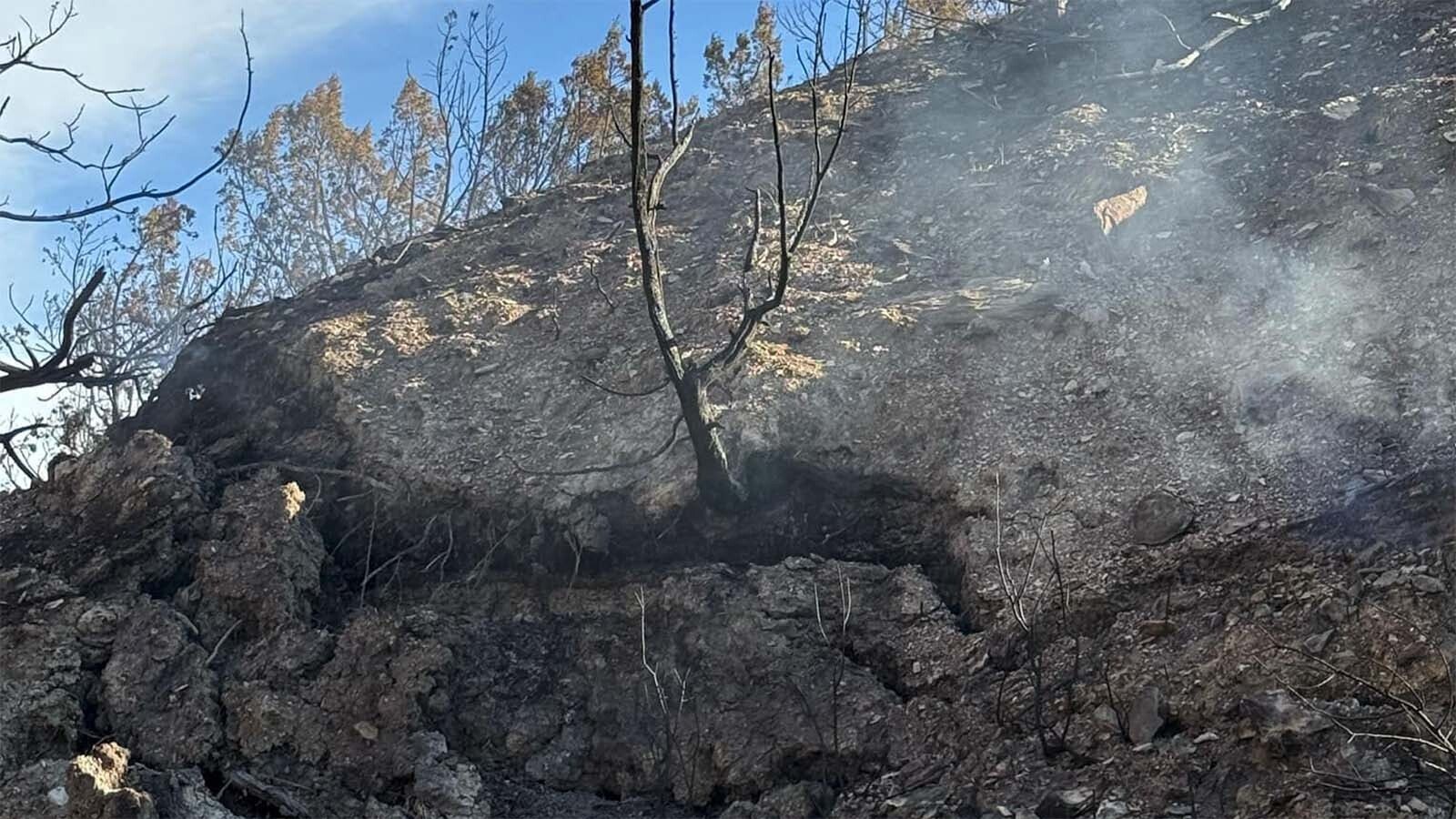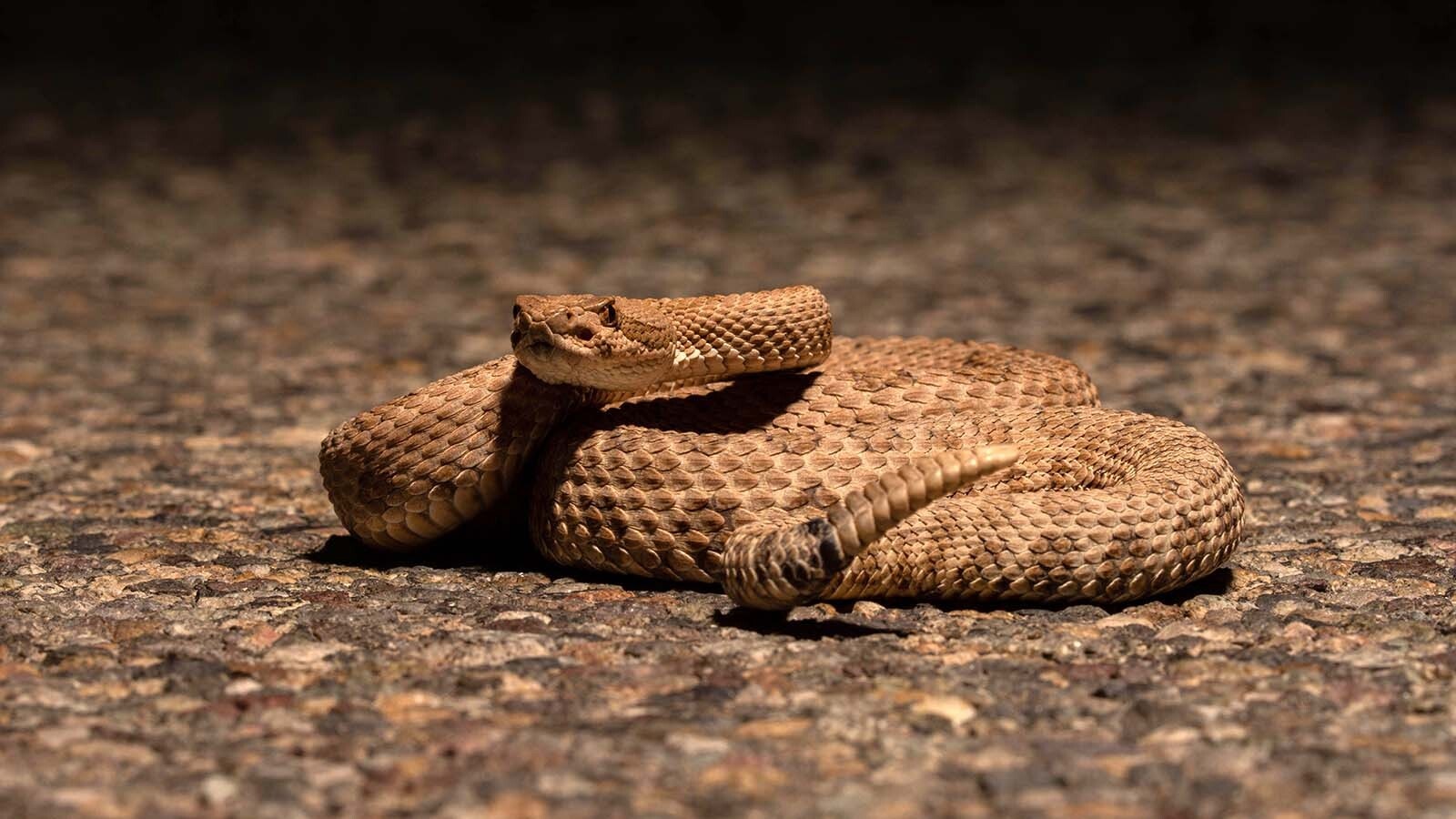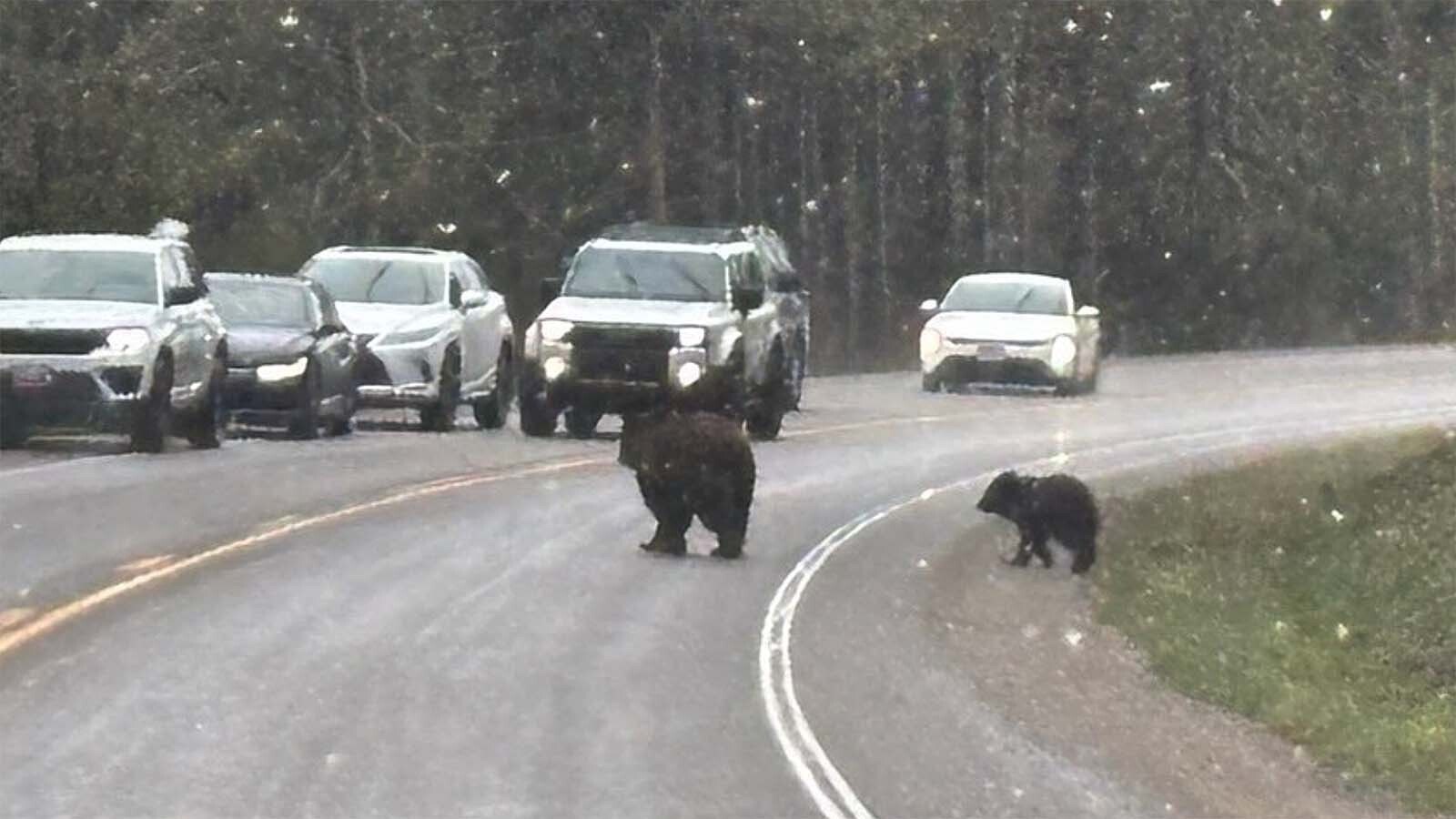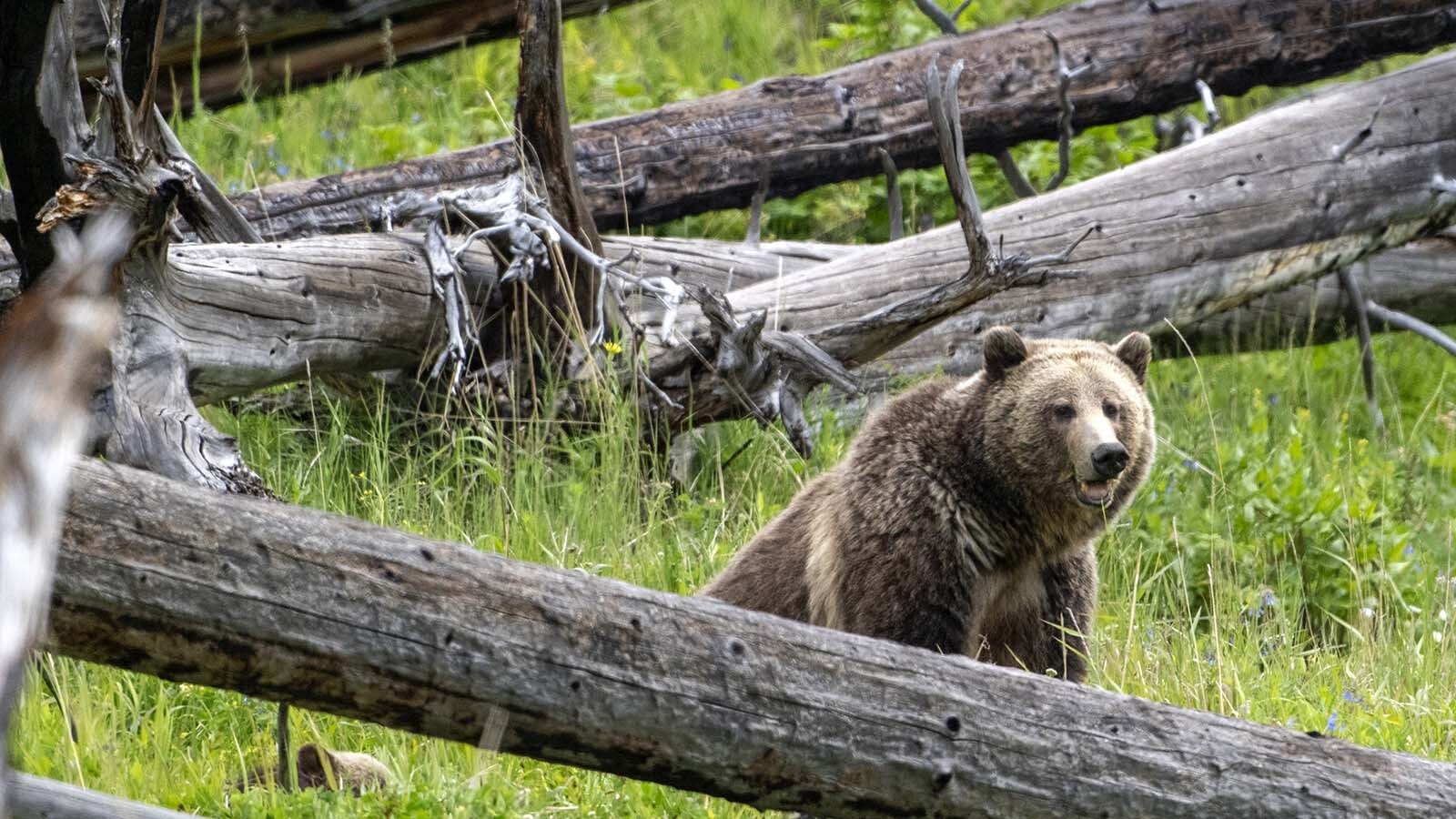Last week, monarch butterflies were added to the endangered species list.
Despite Wyoming not being in Canada-to-Mexico annual migration flight path, a Park County horticulturalist hopes that the monarch butterfly species’ endangerment will bring awareness to all pollinators.
“I’m in Cody and I have a pollinator garden and I usually see a couple of monarchs every year,” Bobbie Holder said. “Their endangered status won’t make a difference in Wyoming to that specific butterfly, but I think by listing them as endangered, everybody is a little more aware of all butterfly species.”
Wyoming has more than 200 species of butterflies, according to data released by the University of Wyoming. These include Northern crescent, Eastern tiger swallowtail and mourning cloak.
And while the monarch is not one of the species commonly found in the state, Holder pointed out that butterflies of all types are at risk of endangerment or even extinction.
Much of this is due to habitat loss and the use of pesticides, but the journal “Science” published a study in 2021 that showed warming climates have also played a role in the decline of butterflies.
Over the last 40 years, more than 450 butterfly species across 11 states (including Wyoming) have declined at an average rate of nearly 2% a year, the study showed.
Holder said the plant/pollinator relationship is in distress.
“We want to get rid of any weed that’s the least bit annoying,” she said. “So they just douse it in chemicals and those just kill everything. Plus with climate change, we see plants maturing earlier than they normally do, so when a butterfly hatches and needs to find nectar, a lot of these plants are already past their time.”
When adult butterflies cannot find a proper food source, they become stressed and lay fewer eggs as a result.
“Then we get a decline in the population and there are less butterflies next year and it becomes a snowball effect,” Holder said.
She recommended that anyone who is looking to help the butterfly populations in the state avoid using as many pesticides in their yard and garden, if any at all, and to put some native plants in their yards.
“We can start becoming aware of the things around us and the role they play in our lives,” Holder said. “The big thing people should know is if you like food, you might want to pay attention to what’s going on with these pollinators. But if you don’t eat, then you don’t need to worry about it.”

